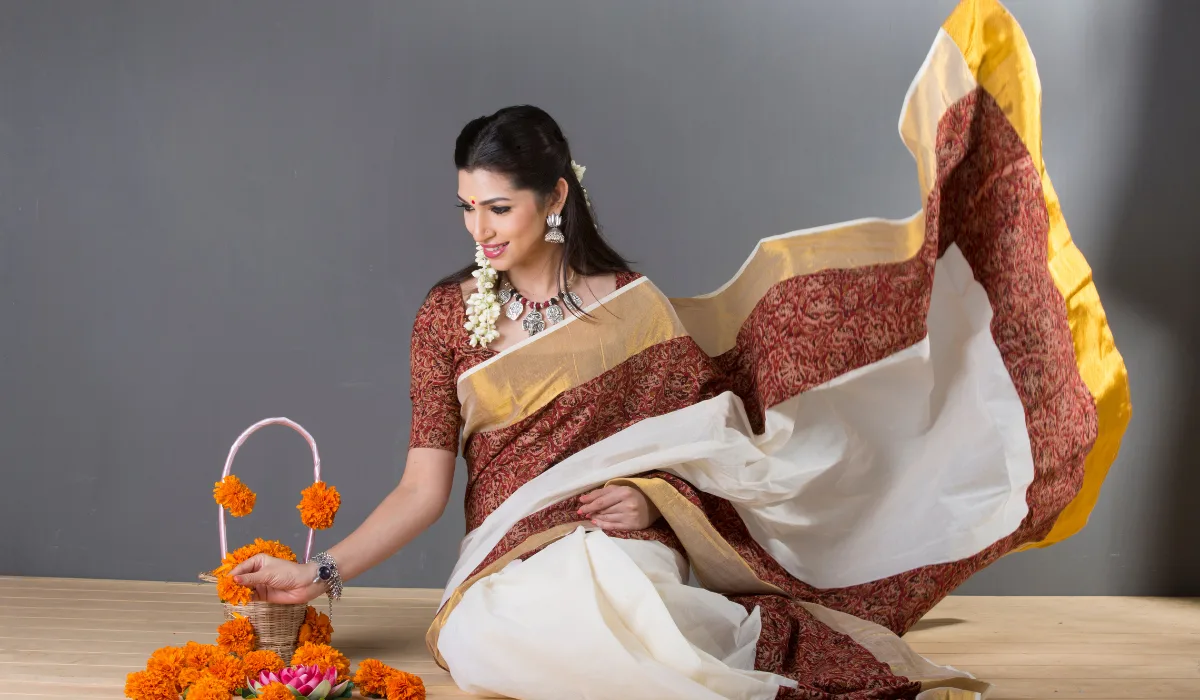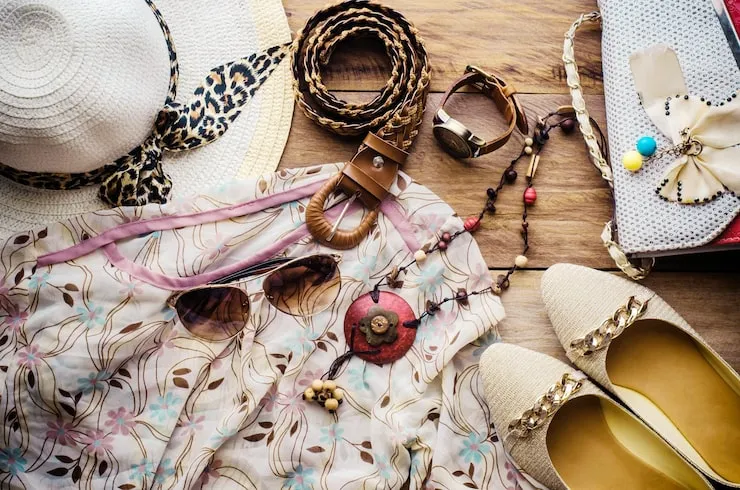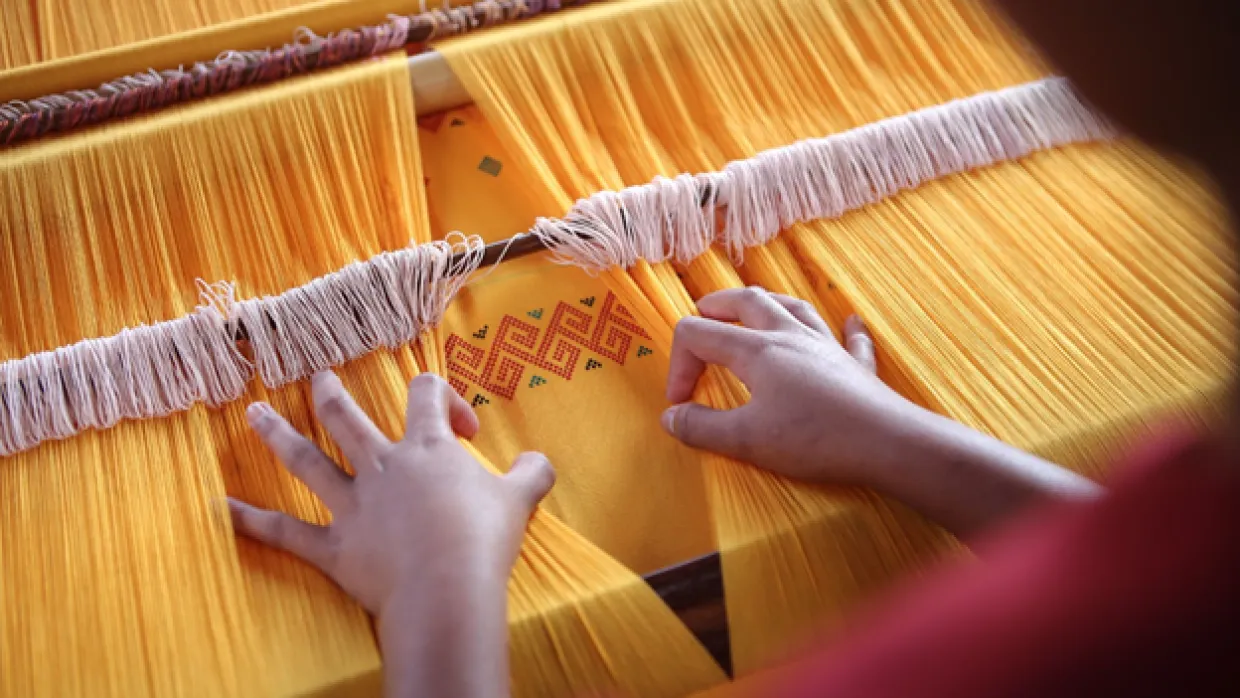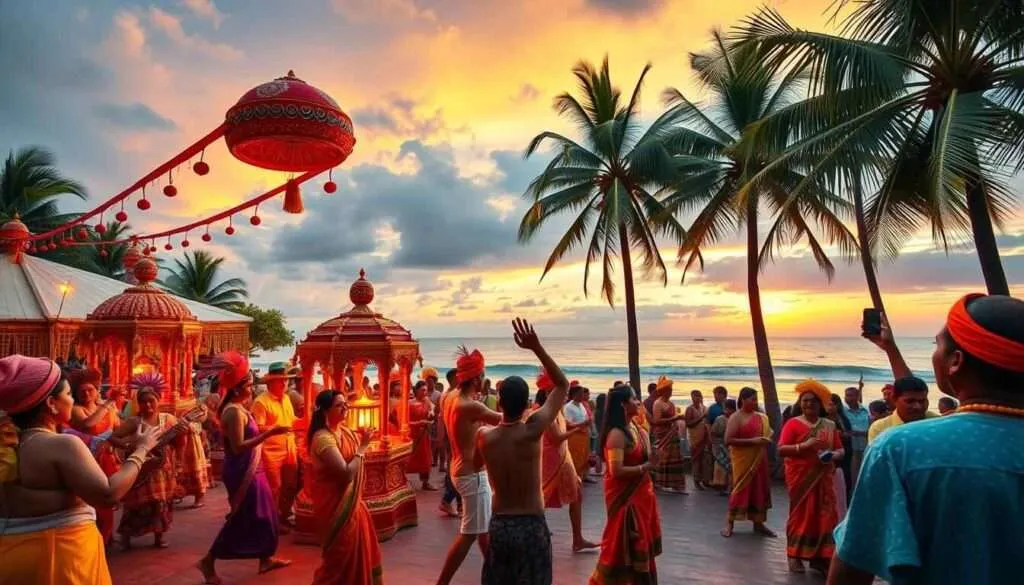Kasavu saree, a white piece of cloth with golden patches at the corners has not only cloth work but depicts the deep cultural heritage of Kerala and artistic work and spirituality. The Kasavu saree is worn to commemorate special days like Onam and Vishu, marriages and temple visits, but has stood the test of time as a symbol of Kerala handloom ideal, and of the toughness of its weavers.
Origins: Tracing the Golden Threads
Kasavu- is a golden or zari thread in the borders of the saree. This are the reasons why the weaving tradition is believed to date back to Buddhist era where garments such as Sattika and Antariya are mentioned in ancient dictionary. These were mostly done in the cotton or silk material and with gold strings signifying innocence and wealth .
Kasavu technique Developed folklore Kasavu technique Traditionally gold or silver honey was woven into the material to create complicated decorations and margins. With time though, when gold was hard to get and not economical, a combination of gold thread and silver coated with copper was used to create the sarees without loss of their golden tones.
Read also: Traditional Methods Of Processing Kerala Spices
Royal Patronage and the Rise of Weaving Clusters
The royal patronage in Kerala also played a major role in elevating ribbons Kasavu sarees to prominence in the culture of the state. In the early 19 th century Maharaja Avittam Thirunal Balarama Varma of Travancore recruited expert Nagercoil weavers to the state. This move saw the formation of weaving groups in Balaramapuram, Chendamangalam, and Kuthampully which are still well known in liking Kasavu saree .
These clusters developed centers of excellence in handloom weaving with the regions developing their own styles. Balaramapuram is recognized as simple gold border, Chendamangalam as striped sequennial gold border and Kuthampully is known as its elaborate designs.
The Weaving Process: A Labor of Love
Kasavu saree is a finely crafted saree which takes place through numerous processes:
- The Cotton is spun into yarn: thread either spun by hand which guarantees consistency and feel.
- Dyeing: Dyeing is done in order to arrive at off-white dyeing color which is used dish al base of the saree.
- Warping and Weaving: The yarn is set on a classical wooden loom and expert craftsmen weave the fabric and put in the golden threads in the borders.
- Final Touch: once woven, the sari will be run through finishing touches such as washing and pressing to make it appear and feel good.
It is a complicated procedure that is mainly taught across generations and craftsmen, who are members of the Salagara community, spend their whole life to annotate this tradition.
Read also: Kerala Ayurveda For Stress Relief And Relaxation
Cultural Significance: More Than Just a Saree
It is actually a strong cultural and spiritual symbol in the state of Kerala in the saree known as Kasavu. It has been traditionally worn in a bid to demonstrate.
- Onam: An agricultural festival in which the saree is worn to represent fragrant growth and reaping.
- Vishu: The Malayalam New Year, whereby the common thing to do is place a new Kasavu cloth beside the Vishukkani/ Lamp as a sign of wealth and prosperity.
- Weddings and Visits to the Temples: This symbolizes purity, grace and respect.
In addition, there is attire of Kasavu worn during classical dance performance like Mohiniyattam and folk dance like Kaikottikali and thiruvathirakkali demonstrating its significance in performing arts of Kerala.
Challenges and Revival Efforts
Although the Kasavu weaving tradition has a long history, the industry has a number of challenges, such as the loss of the skilled workforce and pressure of the machine-made fabrics. There is an attempt to re-develop and maintain this traditional art form. Various governmental and non-governmental initiatives are followed to train workers, enhance their working conditions and market Kasavu sarees by the government and non-governmental bodies both within the domestic and the foreign markets.
Read also: Luxury Houseboat Stays In Kerala Backwaters
Conclusion: A Tapestry of Tradition and Modernity
The Kasavu saree is a saree that not only holds a story about its own country India, Kerala, and its people but also, history, culture and the art. Be it the Kasavu saree which continues to be an adornment of the Kerala girls, it remains to be an eternal seat of the state and its history and spirit of Kerela people craftsmen.













